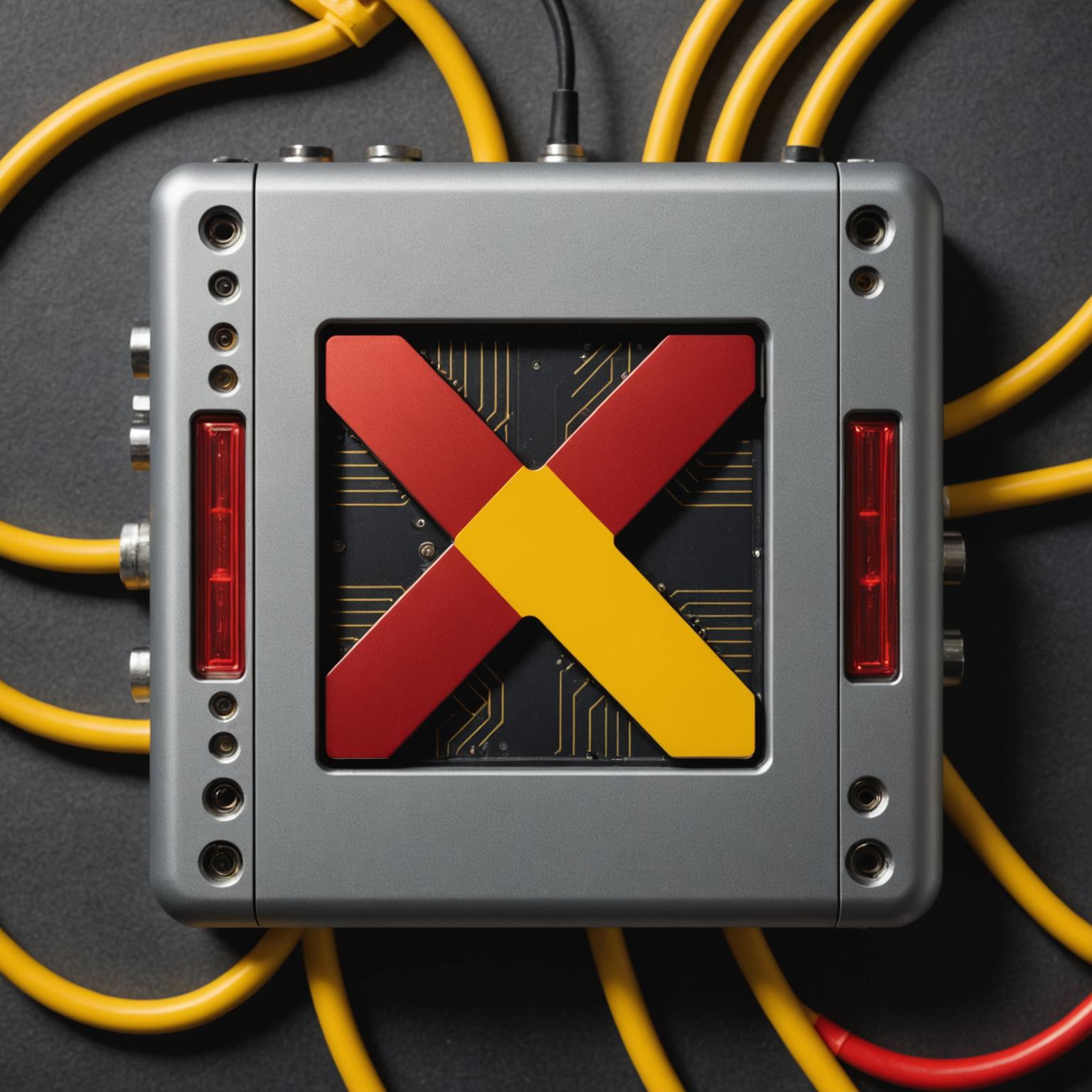Guide to DC-DC Converter Step Down Non-isolated Setup

If you are working on an automotive, solar, or any custom electronics project, you’ll often need to adjust voltage levels between components. This is where a DC-DC Converter Step Down Non-isolated becomes an essential tool. These devices efficiently take a higher DC voltage input and convert it to a lower, stable DC voltage output, making them perfect for powering sensitive electronics from a larger power source like a car battery. This guide will walk you through the fundamental steps of understanding and installing one of these versatile converters.
Understanding Your Converter’s Design
Before you begin the installation, it’s important to familiarize yourself with the physical characteristics of the device. Most modern converters, particularly a step down converter, are housed in a durable aluminum alloy casing. This isn’t just for looks; the metal body and its integrated fins or grooves act as a heat sink, dissipating thermal energy generated during the conversion process. Proper heat management is crucial for ensuring the longevity and stable performance of the DC-DC power supply. You will also notice several color-coded wires, typically red, black, and yellow. Understanding the function of each wire is the first step toward a successful installation.
Preparation for a Safe Installation
Safety and preparation are paramount. Before you handle any wiring, ensure the primary power source is completely disconnected to prevent any risk of electrical shock or short circuits. Gather your tools, which should include wire strippers, crimpers or a soldering iron, and a multimeter. Now, let’s identify the wires. In most configurations, the red wire is the positive input (+), the black wire is the common ground (-), and the yellow wire is the positive output (+). The black ground wire is often shared between the input and output circuits in a non-isolated DC-DC converter, simplifying the wiring process. Always double-check the manufacturer’s diagram if one is provided, as color-coding can sometimes vary.
Step-by-Step Wiring Guide
The installation process is straightforward once you’ve identified the wires. Start with the input side. Connect the red input wire from your DC-DC converter to the positive terminal of your high-voltage source (e.g., the battery). Next, connect the black ground wire to the negative terminal of the source. Ensure these connections are secure and well-insulated, using crimp connectors or solder with heat-shrink tubing for a professional and safe finish. Now, move to the output side. Connect the yellow output wire to the positive terminal of the device you intend to power. Finally, connect the ground wire from your device to the same common ground point as the converter’s black wire. This setup is characteristic of a non-isolated DC-DC converter, where input and output share a ground reference.
Testing and Final Verification
With all the wires securely connected, it’s time to test your setup. Before connecting your target device, it’s wise to verify the output voltage. Reconnect your main power source and carefully use a multimeter to measure the voltage between the yellow output wire and the black ground wire. The reading should match the specified output voltage for your step down converter (e.g., 12V, 5V). This simple check ensures the converter is functioning correctly and protects your electronics from potential over-voltage damage. Once you confirm the correct output, you can confidently connect your device. A properly installed DC-DC converter will provide a clean and reliable DC-DC power supply, enhancing the performance and safety of your entire project.
